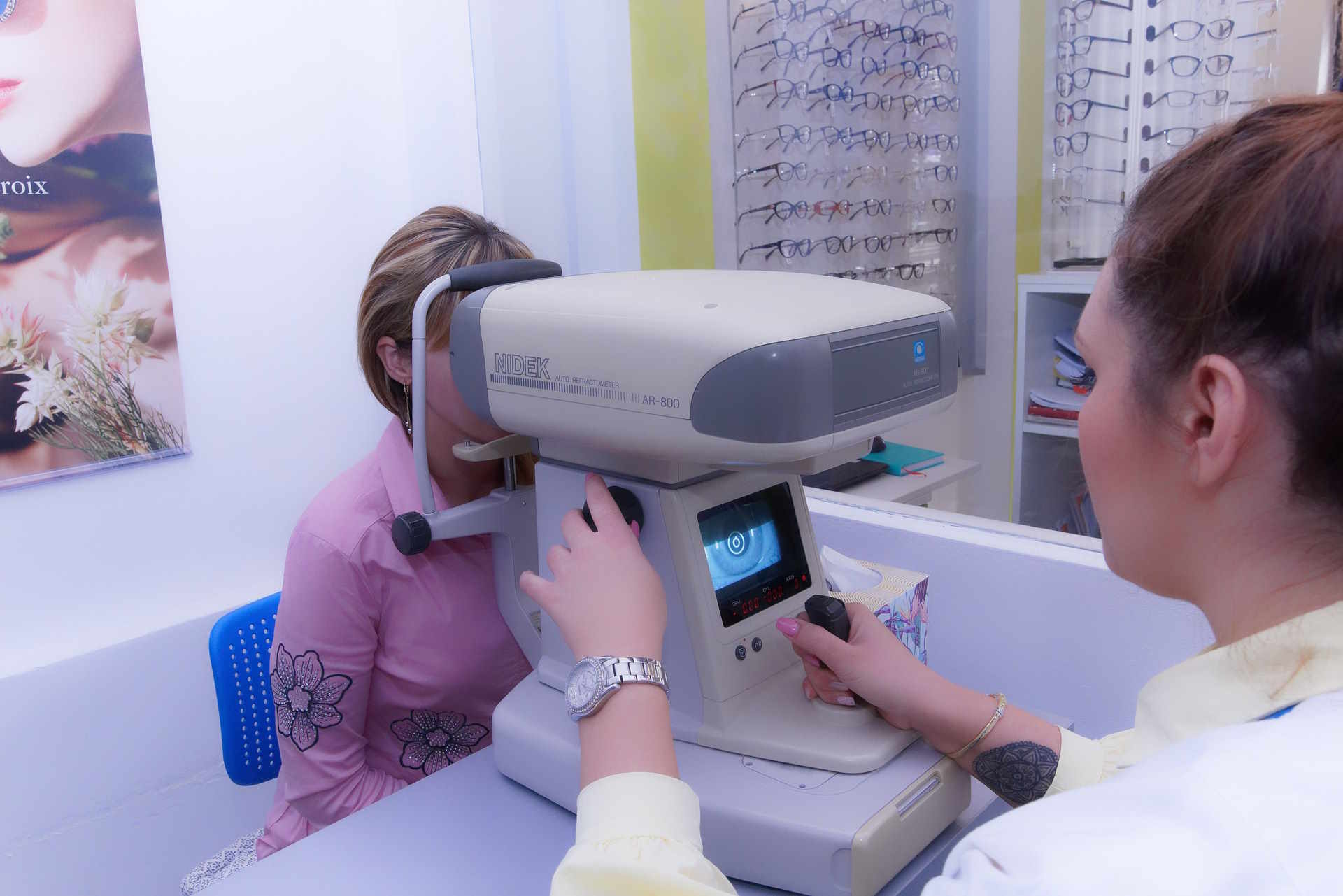Bad Eyesight Treatment: Tests and Common Options
Many people experience changes in sight at different stages of life. Poor eyesight can come from refractive errors, eye disease, injury, or systemic health conditions. Understanding common treatments, how vision is assessed, and when to see a clinician helps people make informed decisions about care and ongoing eye health.

eye: What conditions affect the eye?
The eye can be affected by refractive errors (myopia, hyperopia, astigmatism, presbyopia), infections, inflammatory conditions, cataracts, glaucoma, diabetic retinopathy, and age-related macular degeneration. Some causes are structural or genetic, others relate to systemic health like diabetes or autoimmune disease. Identifying the root cause typically requires a clinical assessment because treatment differs: infections or inflammation may need medication, structural problems might require surgery, and refractive errors are commonly corrected with lenses or procedures.
vision: How is vision assessed?
Vision is assessed through multiple tests that measure visual acuity, refraction, peripheral vision, depth perception, contrast sensitivity, and retinal function. Acuity charts quantify distance and reading clarity, while a refraction determines the lens power needed to correct focus. Additional imaging (optical coherence tomography, retinal photography) and pressure testing can evaluate the retina and optic nerve. Testing helps tailor a treatment plan and monitors progression over time, especially for chronic conditions such as glaucoma or diabetic eye disease.
exam: What happens during an eye exam?
A comprehensive eye exam usually includes visual acuity testing, a refraction to measure prescription needs, slit-lamp examination of the front of the eye, pupil responses, intraocular pressure measurement, and a retinal exam of the back of the eye. For some patients, dilation is needed to view the retina fully. The clinician will review medical history and symptoms and may order imaging or referrals to an ophthalmologist if surgical or specialty care is indicated. Regular exams are advised based on age, health, and risk factors.
glasses: When are glasses recommended?
Glasses are the most common treatment for refractive errors and can correct myopia, hyperopia, astigmatism, and presbyopia. Lens options include single-vision for one distance, bifocals or trifocals, and progressive lenses for a smooth transition across distances. Coatings (anti-reflective, blue-light filtering) and materials (polycarbonate, high-index) adjust weight, thickness, and durability. Glasses are noninvasive, adjustable, and appropriate for most ages; if a person’s prescription changes or symptoms persist, a re-exam and reassessment of lens type are typical.
optometrist: How can an optometrist help?
An optometrist provides primary eye care: comprehensive exams, prescribing glasses and contact lenses, treating common eye conditions (dry eye, conjunctivitis), and co-managing chronic diseases with other specialists. Optometrists can refer to ophthalmologists for surgical care or advanced medical treatment. For practical access, many optometrists offer routine testing, work with local services to obtain corrective lenses, and provide guidance on preventive strategies, like managing digital eye strain and advising on when more specialized care is needed.
This article is for informational purposes only and should not be considered medical advice. Please consult a qualified healthcare professional for personalized guidance and treatment.
Conclusion
Treatment for poor eyesight ranges from simple corrective lenses to medical or surgical interventions depending on the cause. Regular, comprehensive exams detect treatable problems earlier and guide appropriate choices—whether that’s updating a glasses prescription, starting medical therapy for an infection or inflammation, or considering refractive surgery when clinically suitable. Managing underlying health conditions, protecting eyes from injury, and following recommended follow-up schedules support better long-term outcomes.




